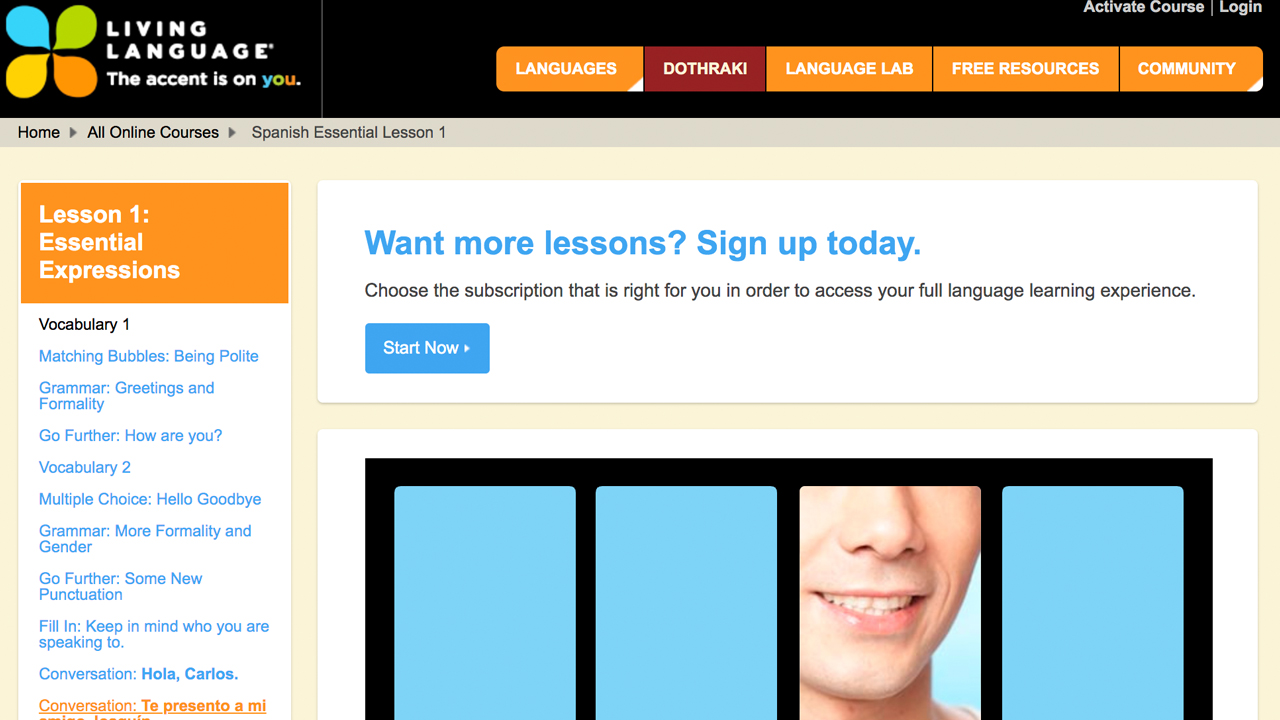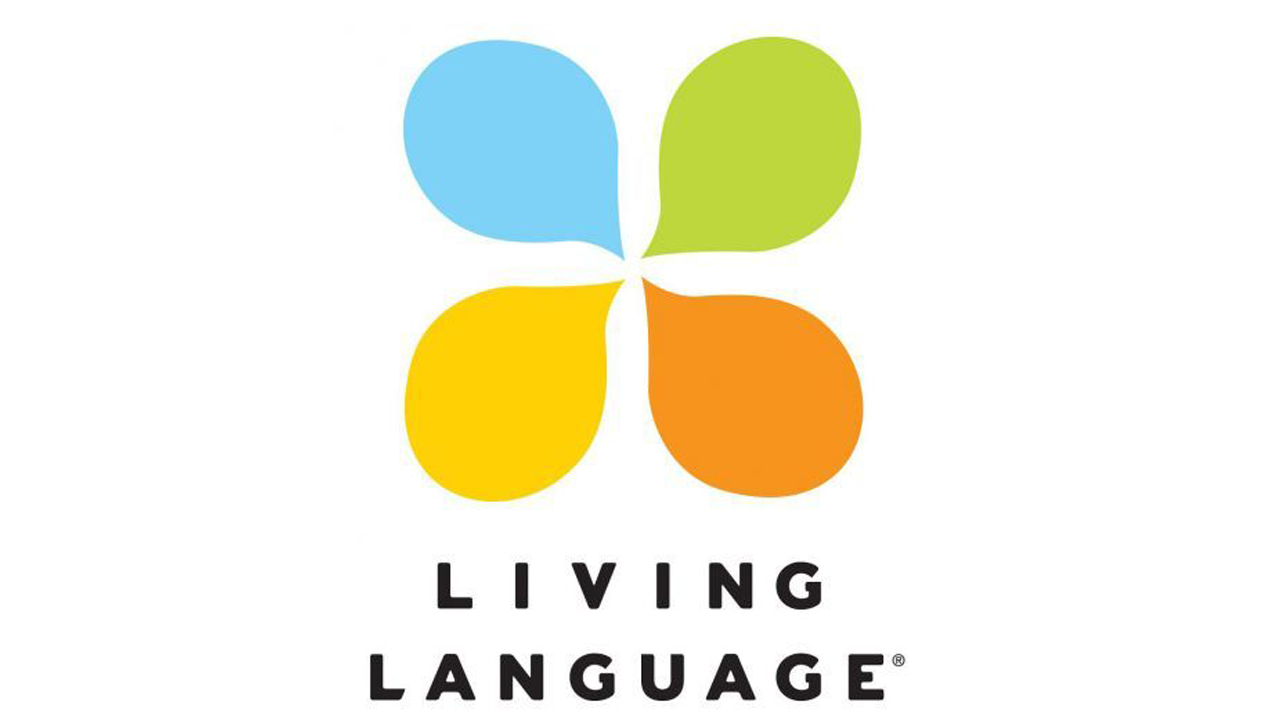Living Language is a language learning method that was developed to help US State Department employees attain fluency in multiple languages. The online application and companion mobile app have a variety of reading, writing, vocabulary and grammar exercises - much like most of the other apps we've reviewed. This is a good option if you’re on a time crunch, thanks to the subscription-based fee that you can cancel at any time. It isn't as unique or thorough as many other courses of its type, so doesn't make it onto our list of the best learn French software right now.
A subscription to the comprehensive online service gives you access to the mobile app and the entire catalog of beginner, intermediate, and advanced lessons. We did notice the intermediate and advanced lessons don’t increase much in difficulty, but you start to learn more useful topics, like how to order food and shopping for clothes at the mall.
The mobile app has the same lesson content, looks similar to the online application, but is currently only available for iPad and iPhone. If you prefer to learn on the go, we suggest considering a program like Duolingo or Rosetta Stone because they are available for Android devices too. And they're better.
Most of the learning content is visual, including our favorite exercise in the curriculum, the sentence builder. It asks you to translate an English sentence by choosing from a selection of French words and putting them in the proper order. This exercise teaches you a good combination of reading and vocabulary skills while forcing you to learn the differences in sentence structure between the two languages. Unfortunately, there aren’t any timed exercises in the Living Language curriculum, which help force your brain to react quickly during conversation and comprehension lessons.

There are flash card vocabulary exercises in each lesson that associate an image with a French word (we tested the French version of this software), and when you tap on the flash card it flips over to reveal the English translation. Flash cards are a good resource for people who prefer visual aids to audio-based learning, but we found these exercises were boring after the first few lessons due to the number of terms you’re expected to memorize. Some vocabulary exercises have more than 40 terms, so we found ourselves constantly referring back to them while trying to complete the grammar and conversation exercises that follow.
You find most of the audio material in the conversation exercises. These exercises ask you to listen to a short conversation in French, but don’t include any interactive elements besides clicking on the phrases to reveal the English translation. The grammar exercises also include short bits of audio material in the form of a native speaker reading short phrases. Neither of those exercises are interactive nor do they let you record your voice like the grammar and conversation exercises in Rosetta Stone. The lessons are also available on audio CD with an accompanying textbook if you don’t have internet access, or need more time to study and don’t want to pay for a subscription.
Should you try Living Languages?
Living Language is a good language course for those who prefer learning with visual content. It’s missing some of the better learning tools, like timed exercises and a speech recognition system, but the subscription-based fee can be an affordable way to learn French quickly, because you can cancel at any time without penalty.

